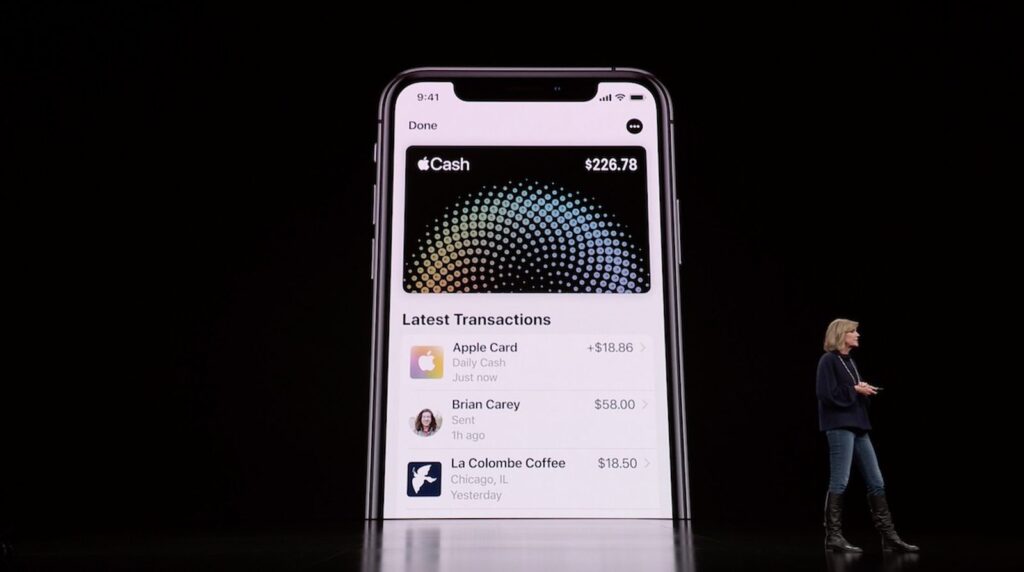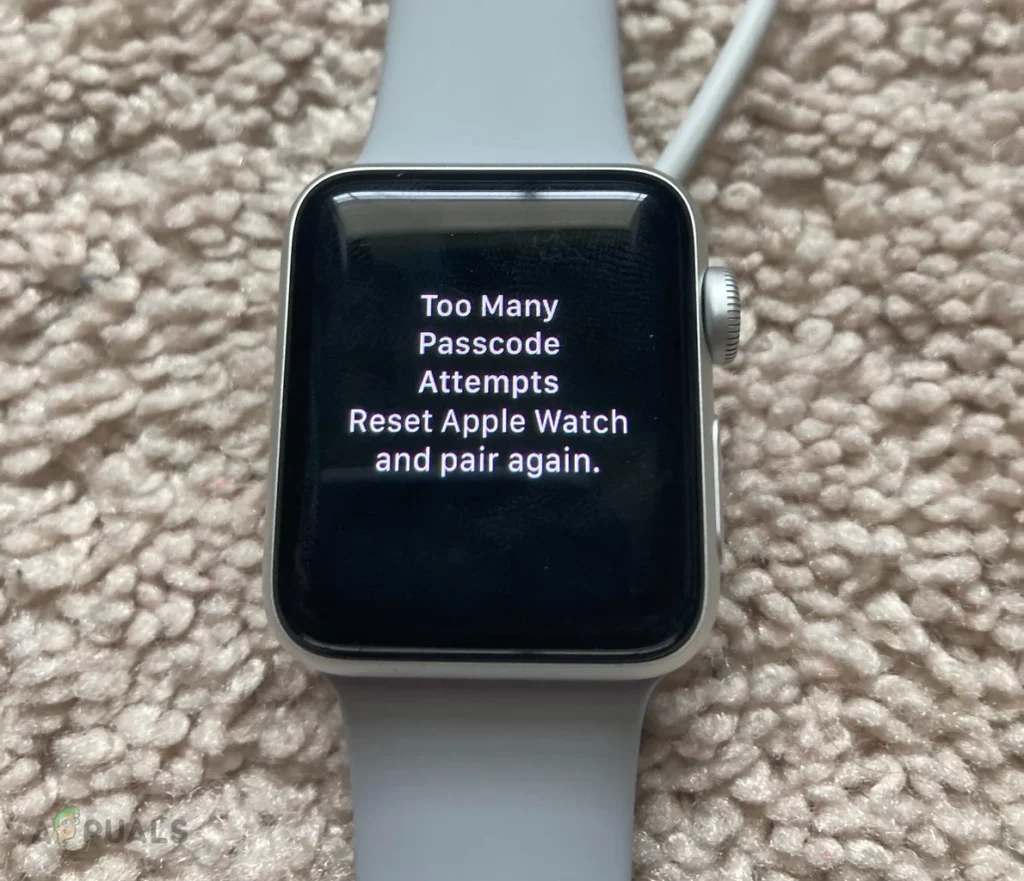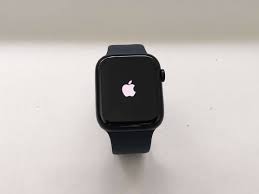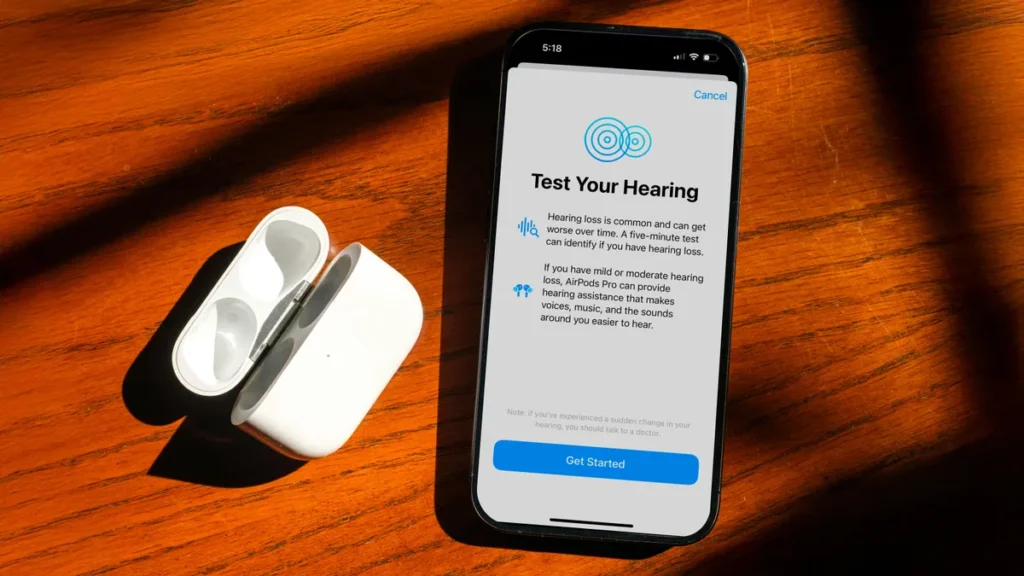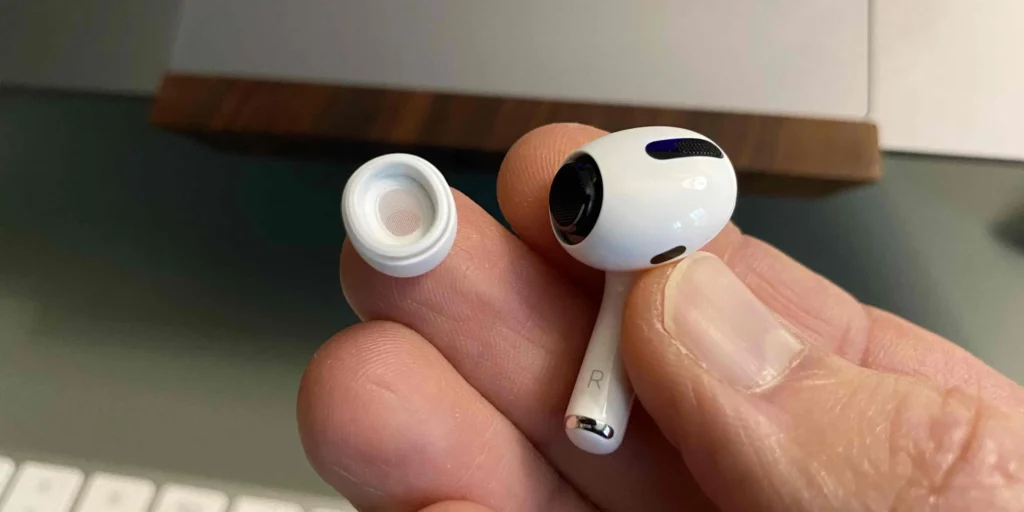How to Create an Astonishing Presentation with AI (Step-by-Step)

Step 1: Define Your Goal
Clearly understand the objective of your presentation. Ask:
Who is your audience? What do you want them to do or learn? What tone should you use?
Step 2: Choose the Right AI Tool
Select a tool based on your needs:
For storytelling: Tome For team projects: Beautiful.ai For marketing visuals: Canva For sleek design: Gamma
Step 3: Input Your Topic or Prompt
Most tools will ask you to:
Enter a title or topic Add a short description or bullet points Choose a style/theme
Example Prompt for Tome:
“Create a 10-slide pitch deck for a sustainable fashion startup.”
Step 4: Customize the Design and Content
AI gives you a draft your job is to:
Refine the messaging Add custom branding and visuals Embed charts, videos, or links if needed
Step 5: Export and Share
You can:
Download as PDF or PowerPoint Share a live link (Gamma, Tome) Embed into your website or blog
SEO Optimization Tips for AI-Generated Presentations
If you’re embedding or publishing your AI presentation online, consider these strategies:
1. Use SEO-Friendly Titles
Example:
“Q3 Business Overview”
“Q3 Business Performance Overview – Sales, Marketing & Revenue Trends”
2. Add Metadata and Alt Text
Tools like Canva and Beautiful.ai allow you to add:
Alt text to images Meta descriptions for slides
3. Write Supporting Blog Content
Embed your presentation within a well-written blog post (like this one). Include:
A keyword-rich intro Summary of the slides CTAs (call to action)
4. Optimize for Mobile
Choose AI tools that generate mobile-friendly decks (e.g., Gamma, Tome).
5. Internal Linking
Mention or link to related blog posts to increase SEO authority. For example:
Also Read: How to Use AI for Graphic Design Learn more about Top Free AI Content Tools
AI tools for presentations are not just a shortcut—they’re a powerful advantage. Whether you’re a student, entrepreneur, or marketer, these platforms help you create eye-catching, impactful presentations in minutes.
Don’t just inform—captivate.
Internal Link Suggestions:
How to Create a Winning Business Pitch with AI Tools Top 10 Free AI Tools for Content Creators How to Embed Presentations on Your WordPress Blog

